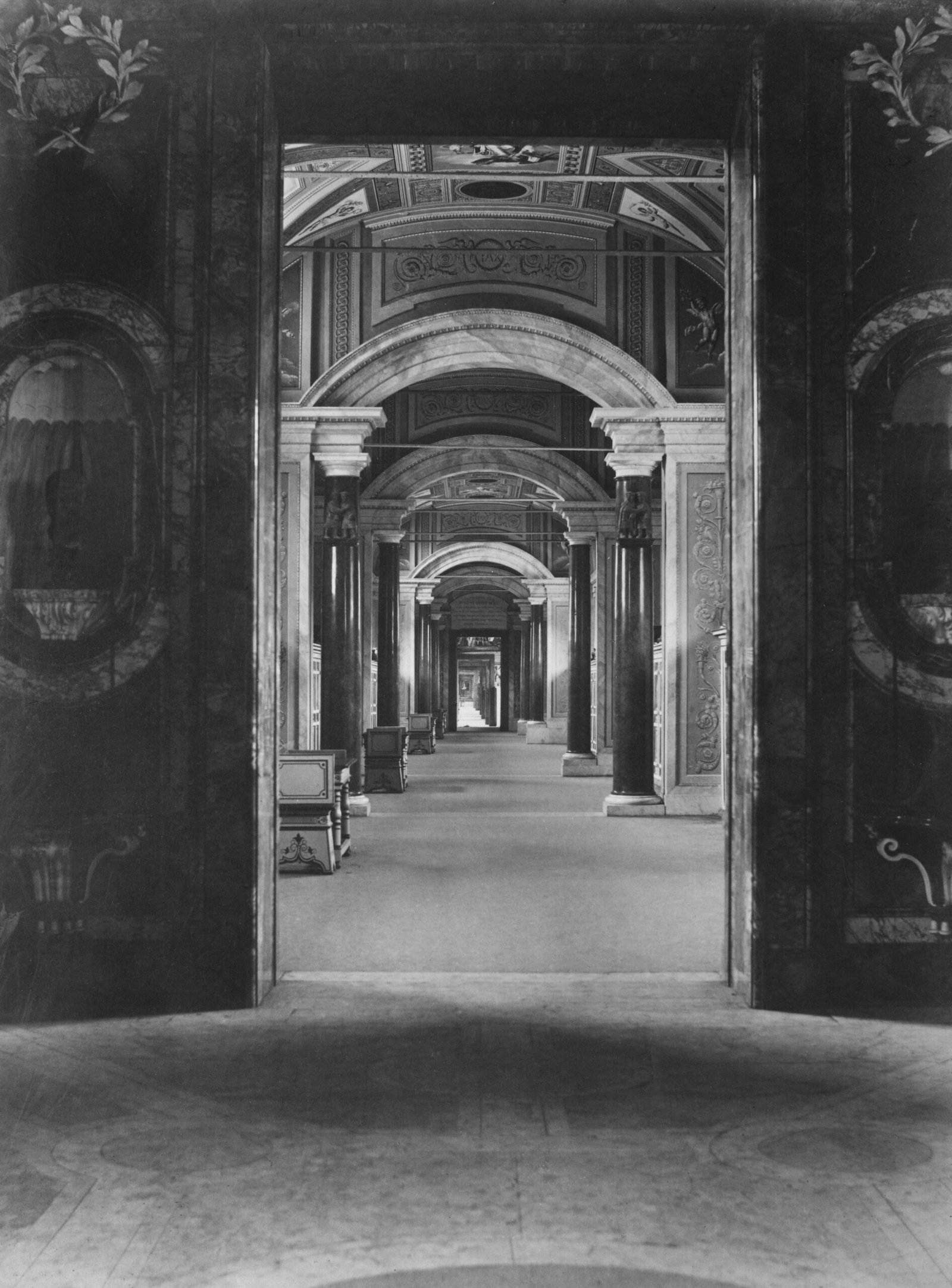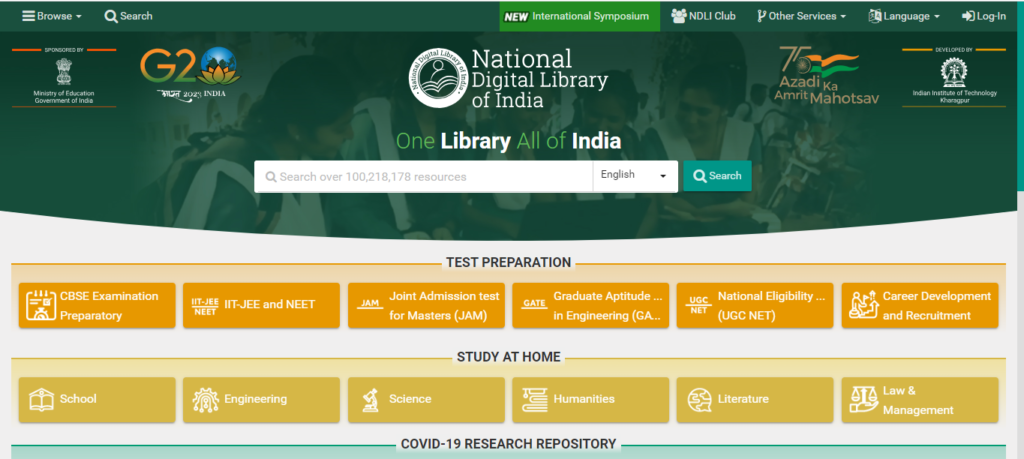Vatican Library, a beacon of historical and cultural preservation, finds its origins intertwined with the early beginnings of the Catholic Church. Its roots can be traced back to the ancient scriptorium of the Roman Church, where critical ecclesiastical documents were meticulously copied and safeguarded. However, it was not until the formal establishment of the library in 1475 by Pope Sixtus IV that the Vatican Library as we know it today began to take shape.
Pope Sixtus IV, recognizing the pressing need to consolidate and protect the Church’s growing repository of manuscripts and books, commissioned the creation of the library, situating it within the Vatican Palace. This pivotal moment marked the commencement of the Vatican Library’s long-standing mission to collect, preserve, and provide access to invaluable religious, cultural, and scholarly works. Over the centuries, the library has evolved, expanding its collections to encompass a vast array of texts, including rare manuscripts, incunabula, and early printed books.
The significance of the Vatican Library extends beyond its role as a mere repository. It has served as a crucial center for theological and academic research, offering scholars a unique glimpse into the historical narrative of the Catholic Church and the broader context of human civilization. The library’s extensive archives have been instrumental in preserving ecclesiastical documents, papal decrees, and theological treatises that underpin the doctrinal and historical foundations of the Church.
Architecturally, the Vatican Library has seen numerous enhancements and expansions. The original structure commissioned by Pope Sixtus IV has been augmented by subsequent renovations and additions, reflecting the evolving needs of the library’s administration and its growing collections. Notable developments include the construction of the Sistine Hall and the establishment of specialized reading rooms and conservation laboratories, ensuring that the library remains at the forefront of archival preservation and scholarly research.
Through these architectural and administrative advancements, the Vatican Library has maintained its standing as a premier institution dedicated to the preservation and dissemination of knowledge, continuing to fulfill its mission in the modern era.
Collection
The Vatican Library’s collection has grown remarkably over the centuries, reflecting its enduring commitment to preserving knowledge and culture. Established in the mid-15th century by Pope Nicholas V, the library initially focused on acquiring manuscripts from the ancient and medieval worlds. One of the earliest and most significant acquisitions was the collection of manuscripts from the monastery of Bobbio, an exemplar of early medieval scriptoria. This initial collection laid the foundation for what would become one of the most extensive and diverse libraries in existence.
Throughout its nearly 600-year history, the Vatican Library has expanded through various means. Historic acquisitions have played a pivotal role, with notable purchases including the Greek and Latin classics during the Renaissance. Generous bequests from scholars and collectors have significantly bolstered the library’s holdings. For instance, the 17th century saw Cardinal Francesco Barberini’s extensive collection of manuscripts and printed books bequeathed to the library, enriching it with invaluable Renaissance works.
Gifts from dignitaries and benefactors have also contributed to the library’s growth. One of the most remarkable gifts came from Queen Christina of Sweden in the 17th century, who donated her entire personal library, adding numerous rare books and manuscripts. The 19th and 20th centuries witnessed further expansion as the library embraced modern works, scientific literature, and rare incunabula—books printed before 1501. The acquisition of the Borghese Collection in the early 20th century, which included rare manuscripts and printed books, marked another significant period of growth.
Key figures such as Pope Sixtus IV and Pope Clement VIII have been instrumental in the library’s development. Pope Sixtus IV, for instance, established the first public reading room in 1475, making the collection accessible to scholars. During the Counter-Reformation, Pope Clement VIII’s efforts led to the acquisition of important theological and ecclesiastical works. The library’s collection has also been enriched by contributions from renowned scholars like Angelo Mai, who discovered and acquired numerous ancient texts in the 19th century.
In essence, the Vatican Library’s collection growth through the ages has been a testament to its mission to safeguard and disseminate knowledge. Its diverse acquisitions, ranging from ancient manuscripts to modern scientific works, illustrate a dynamic and evolving repository dedicated to the enrichment of human understanding.
The Vatican Library, a repository of invaluable human knowledge, houses some of the most significant and treasured artifacts in the world. Among its prized possessions is the Codex Vaticanus, the oldest complete manuscript of the Bible. This ancient text, dating back to the 4th century, is a cornerstone for biblical scholarship, offering profound insights into early Christian theology and scripture.
Equally remarkable are the medieval works that reside within the library’s hallowed halls. The palimpsests, manuscripts that have been written over but still bear traces of their original texts, are a testament to the resourceful preservation of knowledge during the medieval period. These documents provide a unique glimpse into the evolution of literature, science, and philosophy over centuries.
In addition to medieval manuscripts, the Vatican Library boasts an extraordinary collection of ancient texts. Among these are works from classical antiquity that have survived the ravages of time thanks to meticulous preservation efforts. These manuscripts include treatises on medicine, astronomy, and mathematics, which have significantly contributed to the advancement of these fields throughout history.
The library is also home to a vast array of early printed books, known as incunabula. These precious volumes, printed before the year 1501, mark the dawn of the age of print and represent a pivotal shift in the dissemination of knowledge. The Gutenberg Bible, one of the most famous incunabula, exemplifies the profound impact of movable type on society, making literature and learning more accessible to the masses.
Among the other treasures in the Vatican Library’s collection are rare maps, illuminated manuscripts, and papal documents that offer profound insights into the religious, cultural, and political history of Europe and beyond. These items not only reflect the intellectual heritage of their time but also underscore the Vatican Library’s role as a guardian of human civilization’s collective memory.
The cultural and historical significance of these holdings cannot be overstated. They serve as vital links to our past, providing scholars and researchers with the resources to understand and appreciate the breadth and depth of human knowledge and heritage. Through the preservation and study of these treasures, the Vatican Library continues to illuminate the path of intellectual and cultural development for future generations.
Modern Day Significance and Accessibility
The Vatican Library, renowned for its historical and cultural treasures, continues to play a pivotal role in the modern world. It serves not only as a cornerstone for academic research and theological study but also as a vital resource for scholars and researchers across various disciplines. The Vatican Library’s extensive collections offer invaluable insights into human history, art, and literature, making it an indispensable institution for the Catholic Church and the global scholarly community.
In recent years, the Vatican Library has undertaken significant efforts to digitize its collection, ensuring the preservation and accessibility of its vast array of manuscripts, books, and documents. This ambitious initiative aims to safeguard fragile and invaluable materials for future generations while making them accessible to a broader audience. Digitization efforts are meticulously planned to maintain the integrity of the original documents, using advanced technologies to capture high-resolution images and metadata.
Balancing accessibility with preservation is a fundamental challenge for the Vatican Library. The institution employs a range of conservation techniques to protect its delicate holdings, including climate-controlled storage, specialized handling procedures, and ongoing restoration projects. These measures are essential to prevent deterioration and to extend the lifespan of the library’s treasures.
Collaboration and partnerships play a crucial role in the Vatican Library’s mission to enhance its global reach and educational impact. Recent initiatives have included joint projects with leading universities, cultural institutions, and research organizations. These collaborations facilitate the exchange of knowledge and expertise, fostering a deeper understanding of the library’s collections and their significance.
The Vatican Library’s commitment to accessibility is also evident in its educational programs and public outreach efforts. Through exhibitions, lectures, and online platforms, the library engages with a diverse audience, promoting appreciation and understanding of its rich heritage. These initiatives underscore the library’s ongoing relevance and its dedication to making its treasures available to scholars and the public alike.













